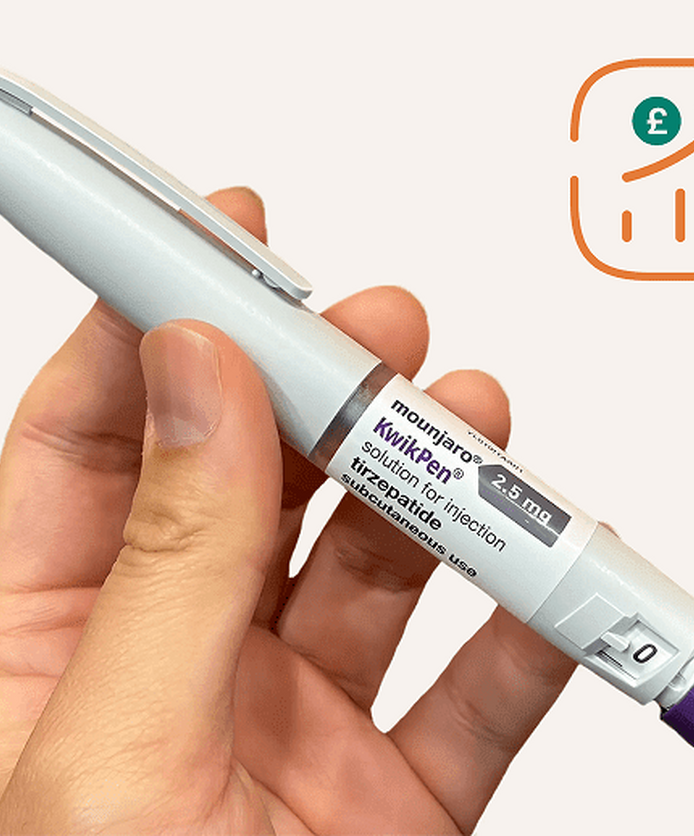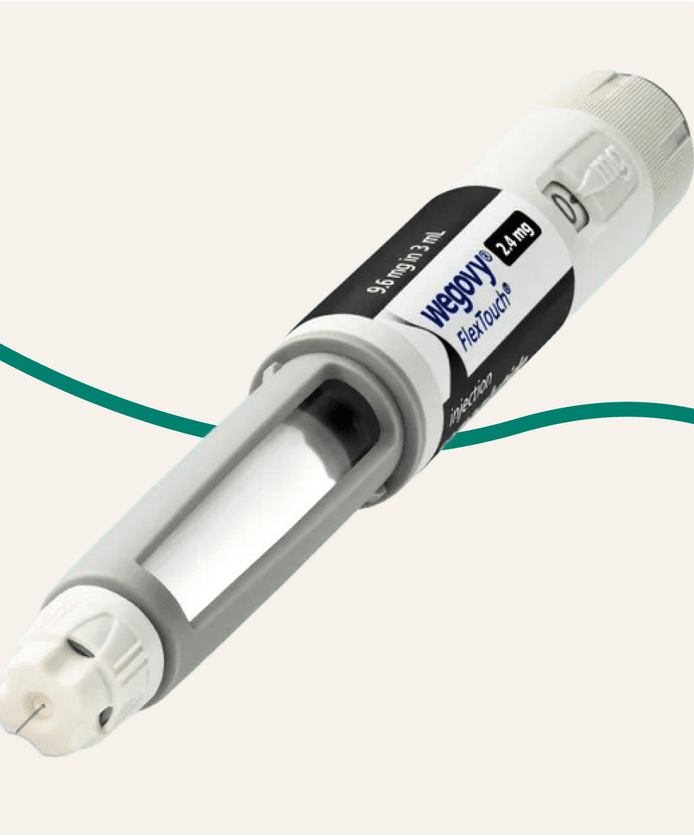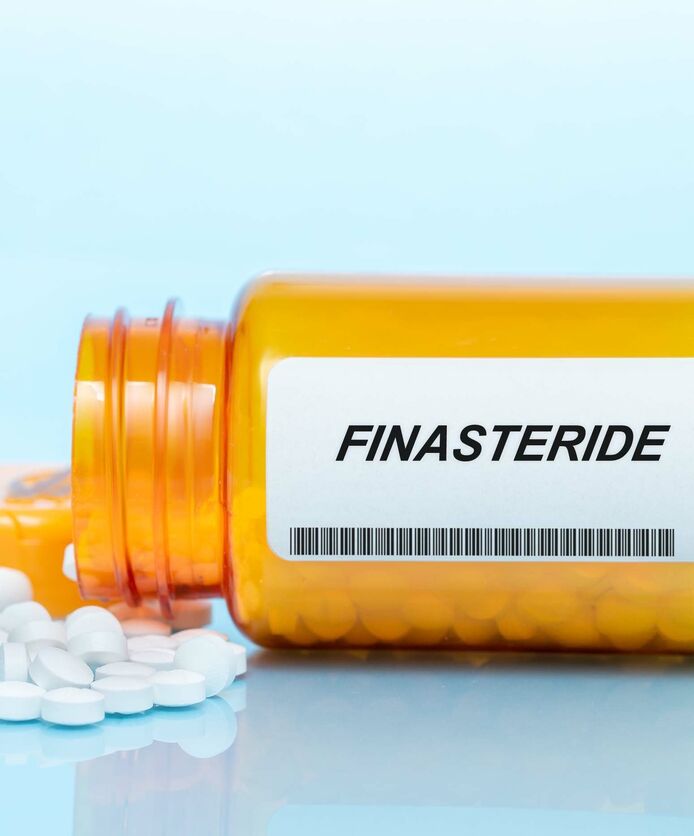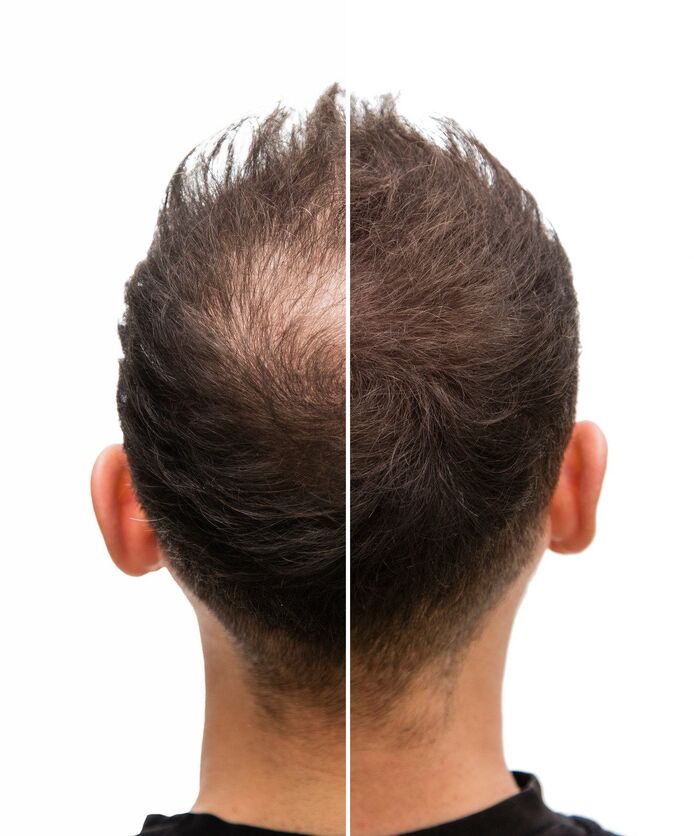- Home
- Online Doctor
- Acne
- Lymecycline (Generic)
Frequently asked questions
-
How long does it take for Lymecycline to clear acne?
Typically, an 8-week course is prescribed, with improvement visible within a week. Complete the full course for best results.
-
What are the common side effects of Lymecycline?
Common side effects include nausea, abdominal pain, diarrhea, headaches, and vision disturbances. Less common effects may include skin sensitivity to sunlight and yellowing of the skin or eyes.
-
Can Lymecycline be taken with alcohol?
There are no known interactions between Lymecycline and alcohol. However, moderation is recommended.
-
How should I take Lymecycline?
Take one capsule daily with water, preferably in the morning. Complete the full course as prescribed by your doctor or pharmacist.
-
Is Lymecycline a generic medication?
Yes, Lymecycline is available as a generic version of Tetralysal, containing the same active ingredient at the same strength.
Latest Articles

Written by Sobia Qasim, Reviewed by Usma Parveen -
21st August 2025
What to Do About the Mounjaro Price...

Written by Sobia Qasim, Reviewed by Usma Parveen -
21st August 2025
Does Propecia work?

Written by Sobia Qasim, Reviewed by Usma Parveen -
18th August 2025
Switching from Mounjaro to Wegovy:...

Written by Sobia Qasim, Reviewed by Usma Parveen -
15th August 2025
What are the side effects of Propecia?

Written by Sobia Qasim, Reviewed by Usma Parveen -
25th July 2025
What is Propecia?

Written by Sobia Qasim, Reviewed by Usma Parveen -
25th July 2025
